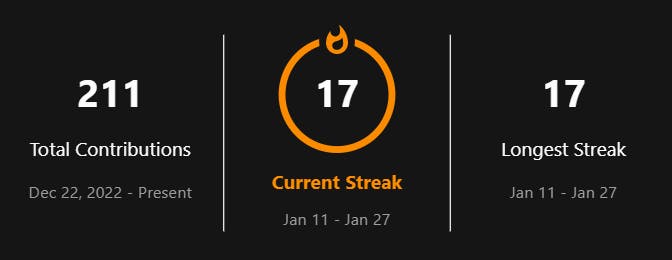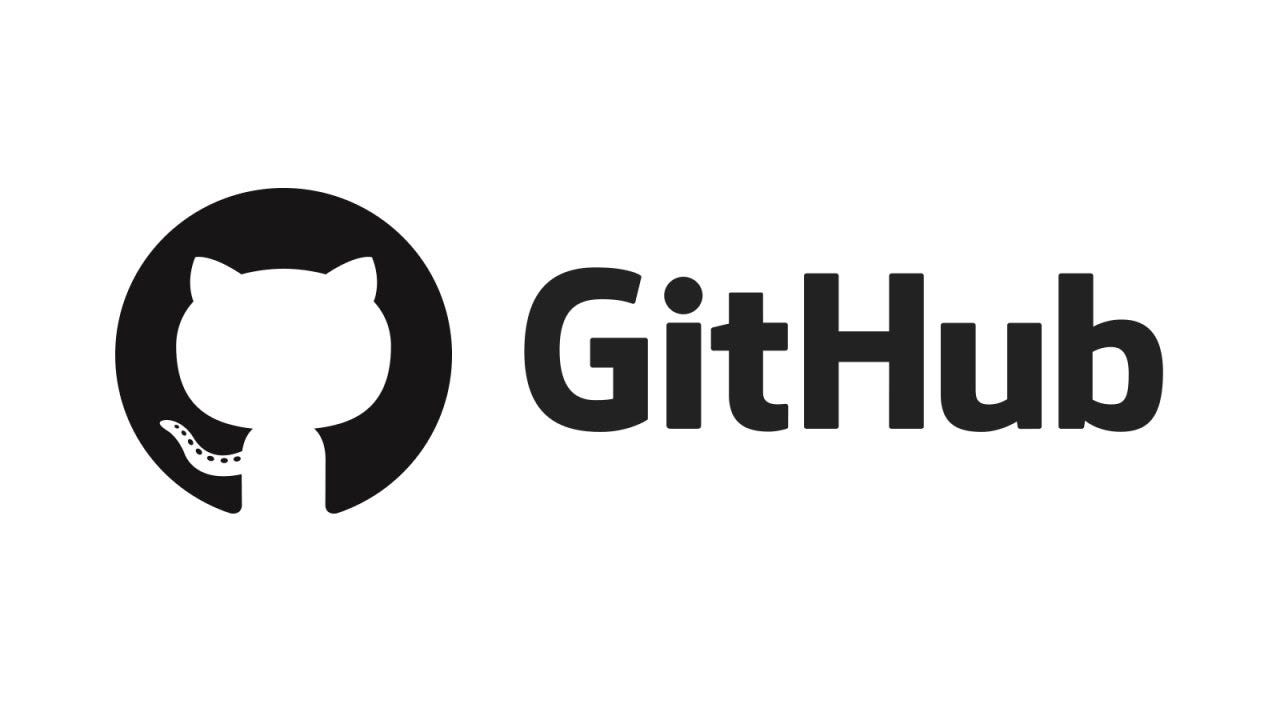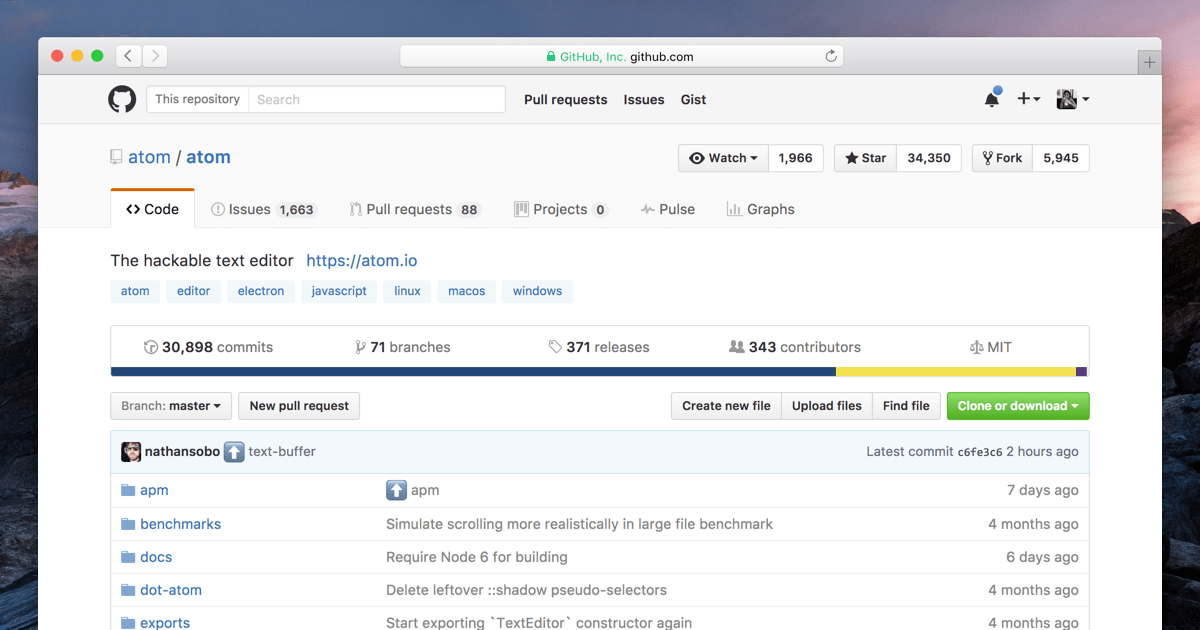Hey Everyone!!!
My name is Atharva and I am a student who is passionate about programming, content writing and open-source. I am curious about the world of technology and how it can be used to make a difference in the world. In this blog, I will be covering my journey of avoiding the vicious cycle of watching tutorial after tutorial by contributing to Open Source. This blog is a part of the "Open Source" track.
Let's Begin !!!

What is Tutorial Hell?
Well Urban Dictionary defines it as :

You must have completed numerous tutorials, courses, and bootcamps that you have found online as a self-taught programmer. Usually, as soon as you finish a tutorial, you look for another one right away because you feel the need to assimilate as much information as possible. You start to think that you are a great programmer because you can easily create the project's content.
But whenever you try to do something on your own, you have no idea where to begin! Do you know how to fix that? another tutorial! And so the vicious cycle starts...

You keep thinking that after finishing the subsequent tutorial, course, or training programme you will finally be able to construct your unique project. But you don't, instead, you slip back and stagnate your growth as a programmer.

This is Hell, Tutorial Hell !!!
All of us have been there. the pointless pausing, playing, and scrolling. All of the coding snippets were copied and pasted. It's a stagnant and anti-growth environment.
Because you're navigating through structured content, you're "learning." However, none of what you "learned" can be put into use when you leave the course.

The good thing is, you can overcome it!
How To Tackle Tutorial Hell with Open Source
As I first began learning to code, I eagerly anticipated learning everything.
I would search for "easy programming projects for beginners" and look through the first few results. I kept an eye out for tutorials because I believed they would help me succeed instead of fail. I also thought that I would learn more as I completed more tutorials and become the best quickly.
How I felt I was :

❌ There couldn't be a worse approach to learning ❌!
Contributing to Open Source
One way to escape "tutorial hell" when learning a new technology or programming language is to contribute to open-source projects. This allows you to work on real-world problems and gain experience with the technology while also giving back to the community.
The open-source community is vast and incredibly supportive, providing opportunities for individuals to engage in a range of activities, from small contributions to more significant projects. By working on open-source issues, individuals can not only reinforce their existing knowledge but also challenge themselves to learn new skills and techniques.

Additionally, contributing to open-source projects offers a valuable opportunity to develop and practice social skills, as effective communication with the community is essential to making meaningful contributions.
When working on open-source projects, it is important to approach each task with a sense of curiosity and experimentation, rather than simply copying and pasting code. This approach will likely lead to encountering problems and challenges, but these can be overcome through a variety of resources like online forums such as Google, StackOverflow, Reddit etc.
My contributions as of Jan 27 :

Getting Started
To get started, you can search for open-source projects related to the technology you are interested in on platforms like GitHub. Look for projects that have "good first issue" or "beginner-friendly" labels, which indicate that the maintainers are willing to help newcomers get started. You can also look for projects that need documentation or bug fixes, as these are typically easier tasks for beginners. You can apply filters for the languages you are comfortable with.

Once you find a project that you are interested in, you can start by reading through the code and documentation to get a better understanding of how the project works. Then, you can start working on small tasks or bugs, and gradually increase the complexity of your contributions as you become more familiar with the codebase.
Example from GitHub :

It's also important to communicate with the maintainers and other contributors, ask for help if you need it, and be willing to accept feedback on your code. This will help you learn and grow as a developer, and also make meaningful contributions to the open-source community.
How contributing to open source will solve tutorial hell :
Hands-on experience: Contributing to open-source projects allows you to work on real projects and gain hands-on experience with the technology you are trying to learn.
This is more effective than simply following tutorials, as it allows you to apply what you have learned in a practical setting.
Learning from experts: Open-source projects are typically maintained by experienced developers, who can provide guidance and mentorship.
By working on a project with these experts, you can learn from them and gain insights into best practices and industry standards.
Solving real-world problems: Open-source projects often aim to solve real-world problems, which can be a great way to learn about the technology and its applications.
You can work on a problem that you are passionate about, which can make the learning process more engaging.
Building a portfolio: As you contribute to open-source projects, you can build a portfolio of work that demonstrates your skills and experience.
This can be a valuable asset when looking for a job or trying to advance in your career. This also gives you the confidence to believe in your capabilities.
Giving back to the community: By contributing to open-source projects, you are also giving back to the community.
You are helping to improve the project and make it more accessible to others, which can be a rewarding experience. Additionally, it helps the community to grow and improve the technology that people use daily.
Contribute to projects and you are set !!!

Conclusion
In conclusion, escaping tutorial hell can be a challenging task when learning a new technology or programming language. However, contributing to open-source projects is a great way to overcome this challenge. By working on real-world problems and gaining hands-on experience, you can learn more effectively than simply by blindly following tutorials.
Additionally, by participating in open-source projects, you can learn from experts, build a portfolio of work, and give back to the community. Open source provides an opportunity to learn by doing, and to improve your skills and experience. So, if you are feeling stuck in tutorial hell, consider looking for open-source projects that align with your interests and start contributing. The benefits can be huge and the experience will be fulfilling.
Overall, contributing to open-source projects is a great way to escape tutorial hell.
"Contributing to open-source is the ultimate form of learning by doing. It allows you to escape tutorial hell, gain hands-on experience, and build a portfolio of real-world projects that demonstrate your skills and experience."
Go forth and make your contributions, and you'll come out stronger for it.
Happy contributing!

Liked This Blog?
Do react and comment with your thoughts on the points discussed above.
Make sure to follow me :

